Top 10 Benefits of Using HR Software for Growing Businesses
EmployeeConnect
APRIL 8, 2025
Manual HR processes, scattered spreadsheets, and paper-based records become inefficient, error-prone, and time-consuming. This is where HR software steps in as a crucial growth enabler. For growing businesses, the right HR software can be the difference between reactive firefighting and proactive, scalable HR management.


































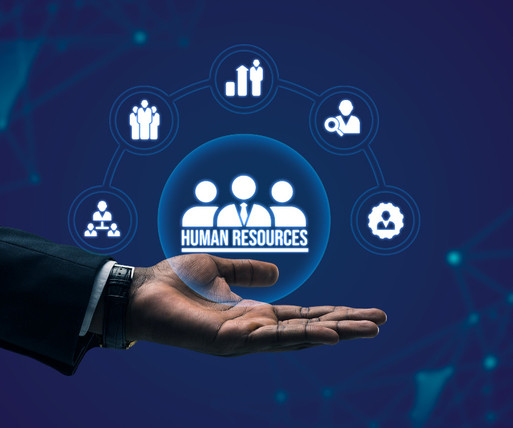



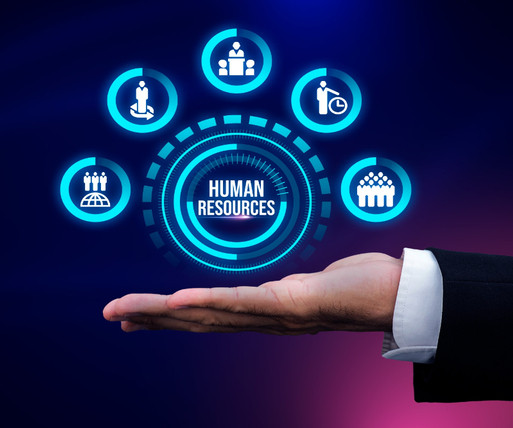

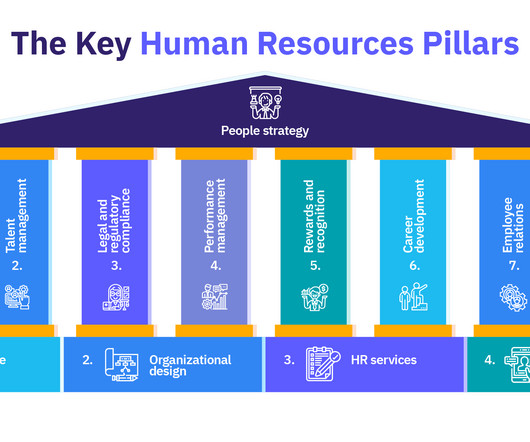
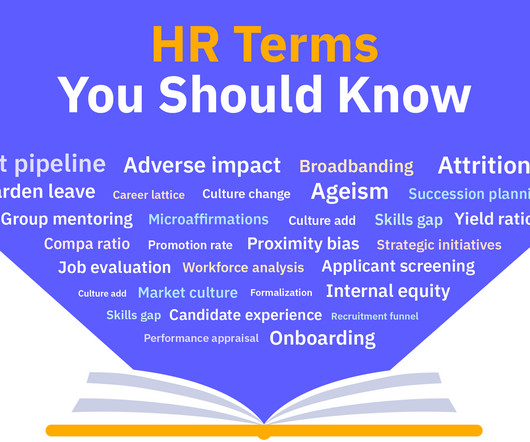
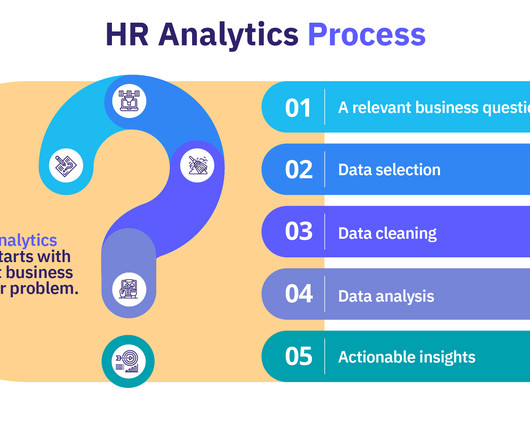

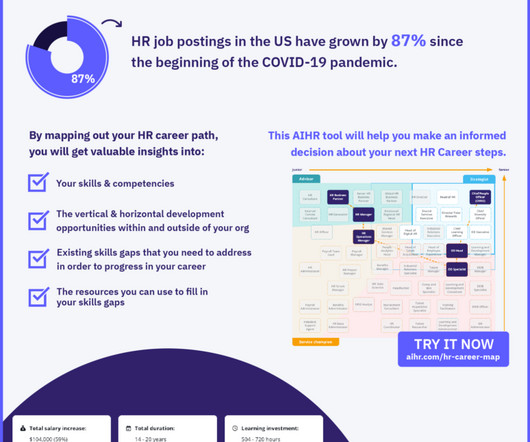










Let's personalize your content